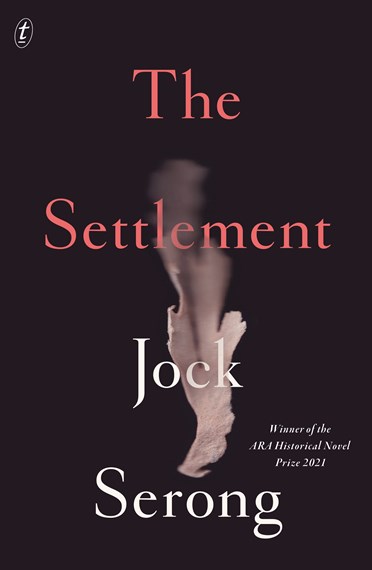The settlement by Jock Serong

This is an intensely moving, stunning and uncomfortable story based on real history. The convict settlement of Tasmania and the settlers who took landholdings for themselves were not the first inhabitants of the island state. The indigenous people of Tasmania became victims of the violence of the colonisers and their own struggles with different clans as they were pushed into each other’s territory. Into this historical background came ‘the Protector’ George Augustus Robinson, a man whose plan for the protection of the remnant indigenous population was initially motivated by good intentions (and the possibility for his own personal advancement) but did not really empower the people he was trying to protect. The plan was to take the remnant community off Tasmania onto a smaller island refuge (away from their own lands), and to provide them with a Christianising influence; and utilising Convict labour and servitude to enable the hard labour to be carried out . The relationships between colonisers and indigenous Australians were complex and sometimes violent and occasionally amiable, and at other times profoundly condescending. Sadly, the new settlement became a torment for all, with illness and abuse, hypocrisy and contemptible behaviour towards the indigenous residents overriding any of the original good intentions. The focus on two children, Whelk and Pipi, and their pain at the hands of the ‘professional Catechist’ will bring even a hardened reader to tears.
This is an extraordinarily compelling story, and yet it is so hard to be anything but horrified by the way the story proceeds. Every colonist displays incredible hypocrisy – almost as if their clothes are all that defines them as civilised. The story is divided into the story of the gathering of the island’s aboriginal people with leaders from their own community involved, and then their life in the island ‘refuge’ settlement. No one escapes the torch of scrutiny in this book – the surgeon appears incredibly barbarous and incompetent from our 21st Century viewpoint, but he too is more interested in his own career prospects. The Catechist, as the professional Christian, is just horrific and as a Christian myself I am appalled at his depths of hypocrisy . Even the indigenous people display their own double standards, but sadly their story is really just their attempts to survive. But for all the tragedy of the story, it is beautifully written, with a gentle touch and an absorbing style that draws the reader in. The sadness of this fictional account of real history is that we really do feel the pain, and can see that our nation’s history is marred horribly by selfish vagaries and violence and that it is this that demands a spotlight, no matter how uncomfortable. This is a book for mature readers, 16+ - adult, and is highly recommended, particularly for readers of Aboriginal history. As a 21st Century reader I am ashamed of this history, and so grateful for the opportunity to have read this story of the ‘voiceless’ first inhabitants of Tasmania at the time of early European colonisation.
Themes: Tasmanian History, Aboriginal history, Hypocrisy, Abuse.
Carolyn Hull